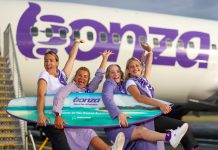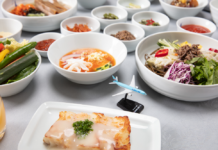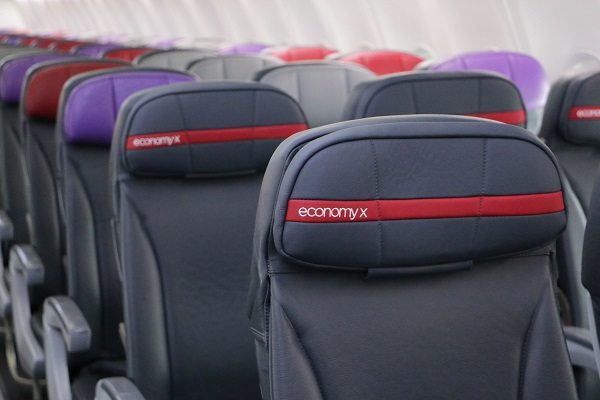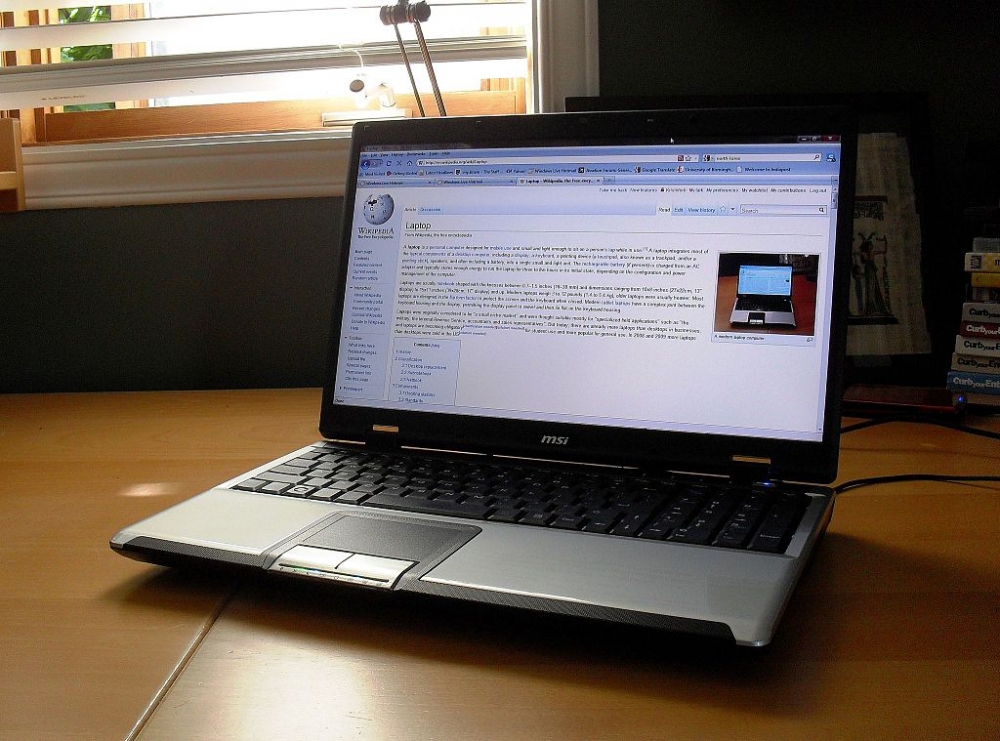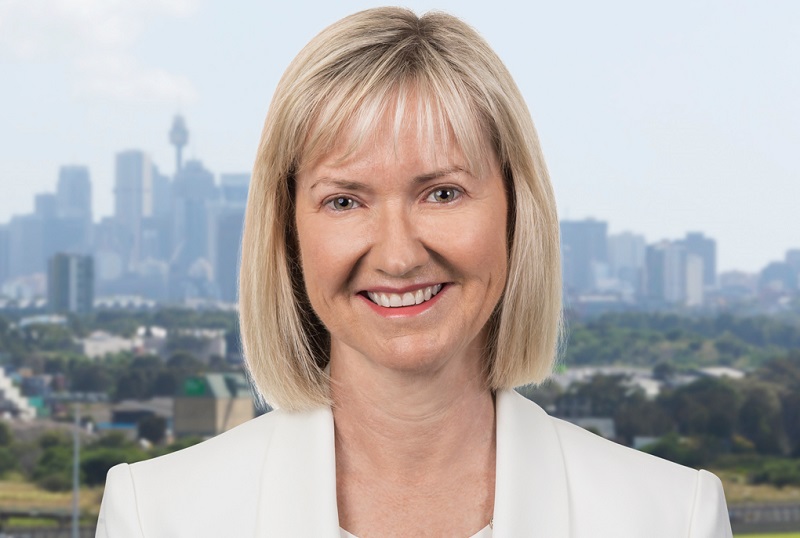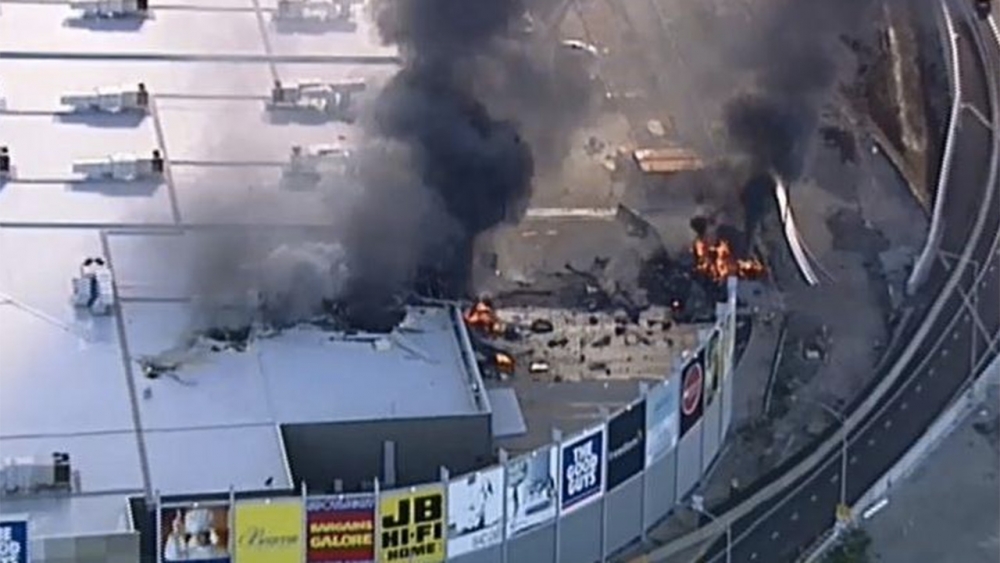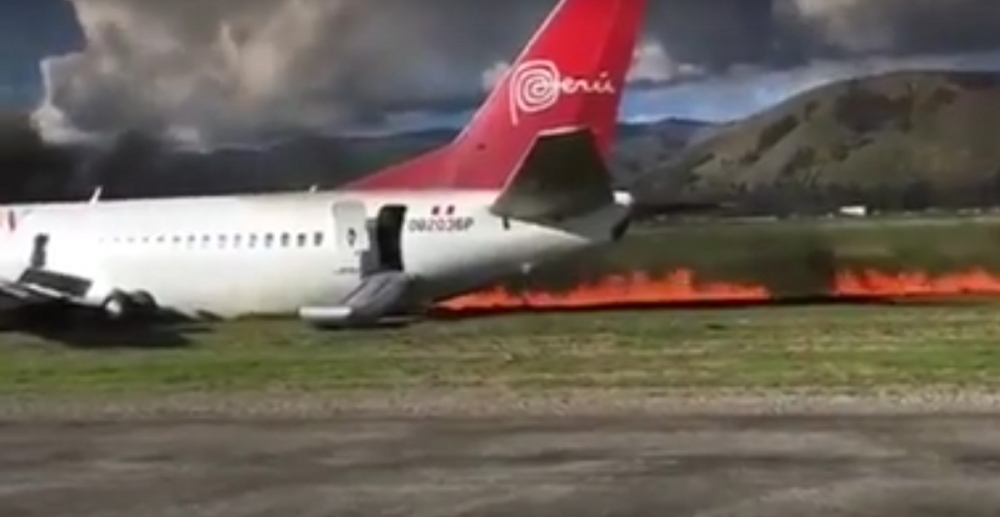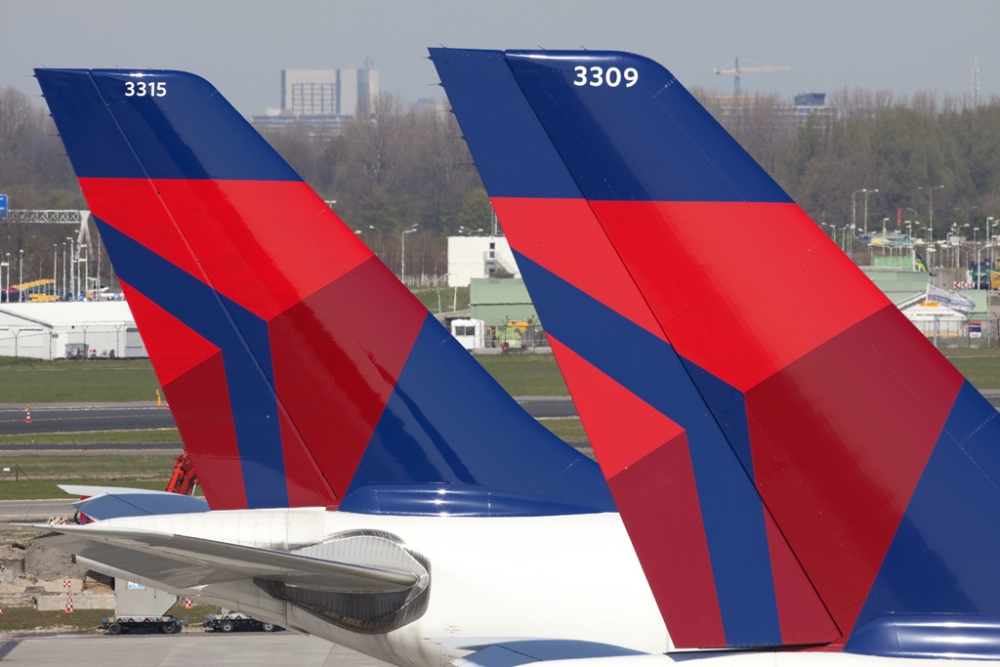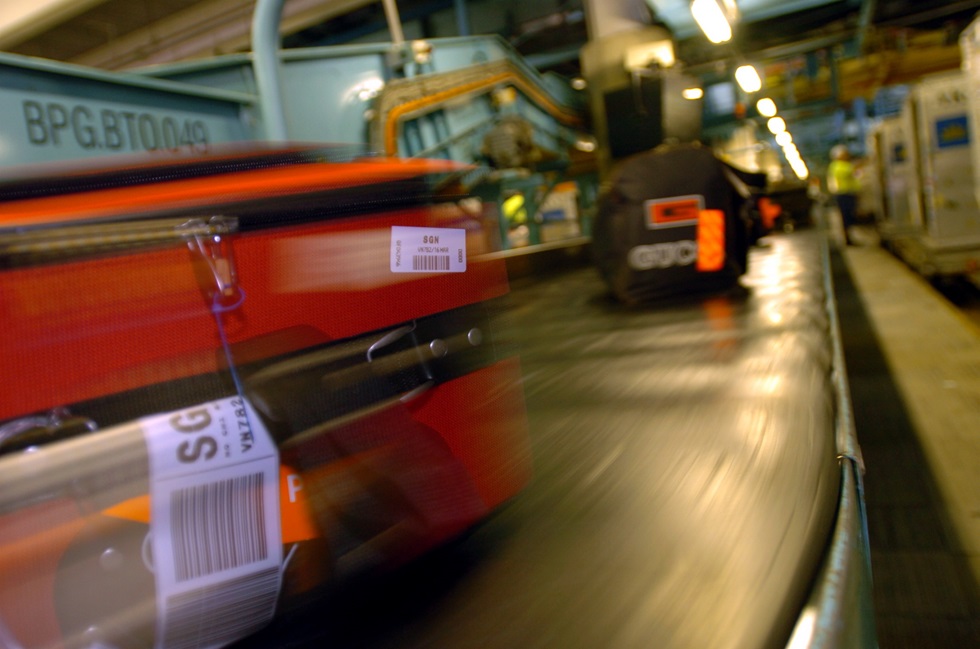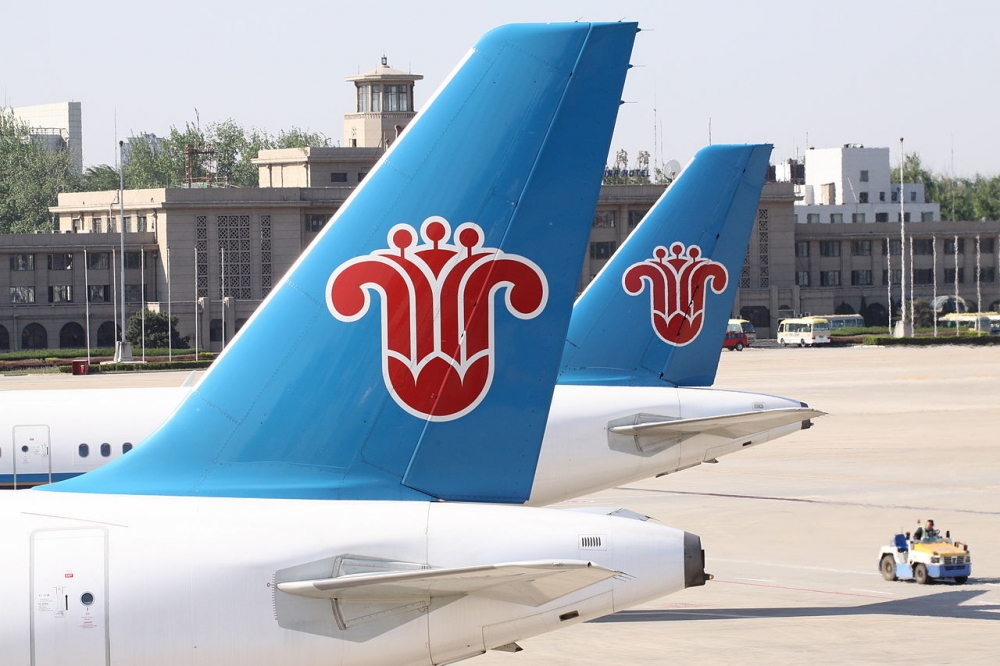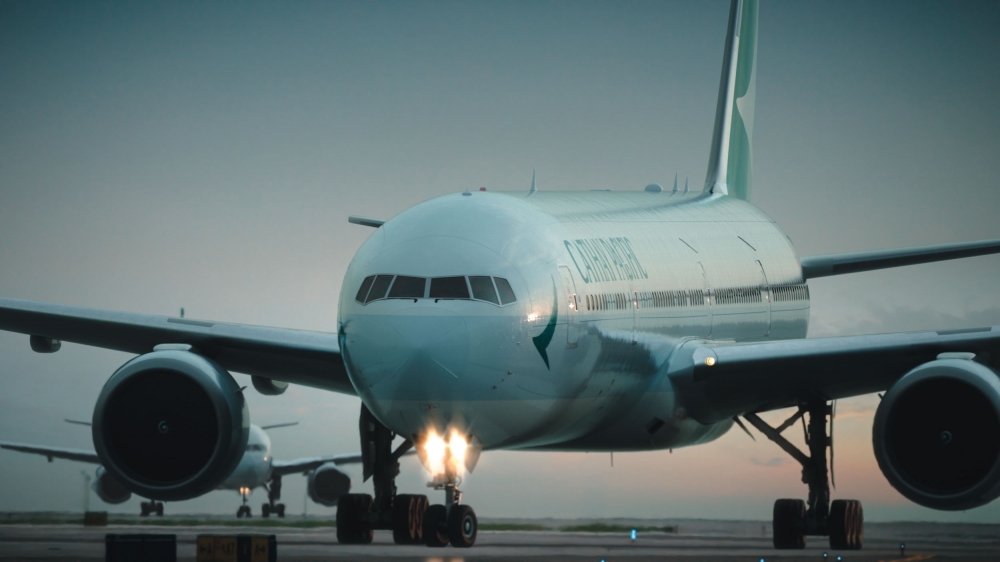Virgin Australia will this week begin selling a new brand of extra legroom seats that comes with a range of perks and will account for about 20 per cent of economy class seats on its 75-aircraft Boeing 737 fleet.
Economy X seating will launch on May 21 and comes with three inches (7.62cm) of additional legroom, designated overhead lockers, priority boarding and priority screening.
Touted by the airline as an Australian first, the new product will be available for an additional $29 one-way on short sectors such as Sydney-Melbourne with prices ranging up to an extra $149 on its longest routes to Los Angeles. A transcontinental route such as Brisbane-Perth will cost an extra $59 each way.
It goes on sale Thursday and can be purchased when selecting a seat during the booking process, at check-in, at any time through the Virgin website’s Manage Your Booking feature or through a travel agent. Velocity Platinum frequent flyers will get the seat free for themselves and companions on domestic or short-haul international bookings.
The seats will feature a 34-inch seat pitch, as opposed to the 31-inches in normal economy seating, and will be take up first three rows of the economy cabin in Boeing 737 aircraft as well as the exit rows. The airline has managed to accommodate the roomier seats without putting the squeeze on other B737 economy passengers by using space available in the partition between economy and business class.
Virgin’s entire B737 fleet is being reconfigured and most of the work is due to be finished by the end of May, although the airline warns there will still be a small number of aircraft with a limited number of the new seats until August.
On long-haul international flights, Economy X replaces Economy Space+ and will offer extra legroom, premium check-in and boarding, designated overhead locker space, guaranteed first meal choice and noise-cancelling headphones.
The number of Economy X seats will vary according to aircraft type with 24 to 30 available on Boeing 737 aircraft, eight on Airbus A330s and 57 on international Boeing 777-300ER flights. In some cases, it is limited to the exit rows.
The move is in keeping with current airline thinking that people get annoyed when they believe features such as checked baggage are being taken away but are happy to pay extra if they see additional benefits. Passengers in the ordinary economy seats will still get complimentary food, checked baggage and entertainment.
“We know that speed on the ground and space in the air are important to our guests, which is why we’re excited to launch Economy X,’’ said Virgin Australia Airlines group executive John Thomas said in a statement. “Economy X will empower passengers to tailor their travel experience and will give them more choice when they fly. I’m confident that Economy X will be very well received by guests.”
Virgin also on Wednesday revealed more details on its plans to roll-out in-flight wi-fi, saying customer testing will start in April and will be provided by connectivity company Gogo through Optus satellites on domestic and New Zealand services.
The airline said the three-month testing period will be used to test the customer response to the GoGo’s 2Ku technology on which passengers will also be able to use streaming services such as Netflix, Pandora and Stan. The service would then be rolled out across its Boeing 737-800, Airbus A330 and Boeing 77 aircraft.
Virgin has yet to reveal its business model for in-flight wi-fi and whether it will charge for the service. However, it has reportedly been surveying passengers to see how much they would be willing to pay.
Qantas is offering its fast wi-fi service, which has already been shown to offer download speeds of between 7Mbps and 12 Mbps using advanced Ka satellite technology, for free. It was forced to delay the public launch of the service this week because of technical issues.




